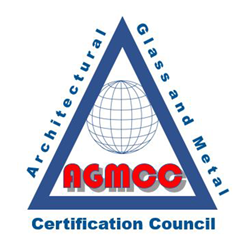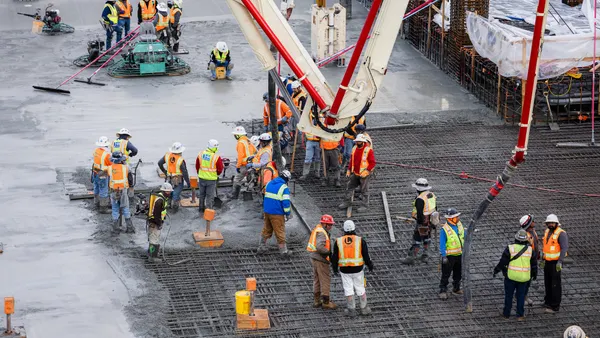Dive Brief:
- Construction giant Bechtel has publicly released findings and announced internal safety changes stemming from three fatalities at its Port Arthur, Texas, liquified natural gas project in April.
- The Reston, Virginia-based contractor identified seven major factors that contributed to the deaths of three workers who plunged from an elevated platform in an open letter published this month by Craig Albert, president and chief operating officer, and Paul Marsden, president of the firm’s energy division.
- “The purpose of sharing our findings is to promote transparency, accountability, and learning, helping Bechtel—and the wider industry—anticipate risks and act proactively on safety,” the letter reads.
Dive Insight:
Directly following April fatalities, Albert addressed the incident on his LinkedIn page, signaling early on Bechtel’s intent to learn from it.
“Our safety culture has been a point of pride, built through thousands of actions over many decades,” he wrote. “In the wake of this heartbreaking event, we are committed to understanding exactly what went wrong and ensuring we do everything possible to prevent it from ever happening again, at Bechtel or anywhere.”
Addressing jobsite fatalities in a public manner, such as how Bechtel did in its public letter, is unusual, but not wholly unprecedented, said Jim Frederick, principal for Washington, D.C.-based consulting firm NexusHSE and formerly the deputy assistant secretary of OSHA under former President Joe Biden.
At times, Frederick said, even sharing such findings within a company could pose challenges due to the nature of litigation stemming from fatal events. He applauded Bechtel for publishing what it had learned.
“This is a refreshing way of sharing the information. Ultimately a learning culture can't happen if you're not having openness,” Frederick told Construction Dive.
Of particular note is that Bechtel elected to publicly address the matter in a letter dated Oct. 8, three weeks before OSHA’s final deadline to issue a citation, which the agency must do within six months of an initial inspection.
OSHA still has yet to issue a citation publicly, as of time of publication. The deadline to do so remains even during the government shutdown, meaning that if the agency doesn’t do so by then, the inspection cannot yield a citation, Frederick said.
On April 29, a five-person crew was performing a formwork jump at elevation on the project. The task involves lifting a multilayered formwork system and resetting it higher on a tank.
At 1:44 a.m., the platform on which the crew stood gave way. Reginald Magee, Felipe Mendez and Felix Lopez Sr. died, and two others were injured.
The firm’s internal report found an improperly attached bracket made the platform unstable and susceptible to breaking free. In addition, the three workers who died wore fall protection but appeared not to have fall arrest lanyards attached to an approved anchorage point, Bechtel said. The two injured workers had properly anchored lanyards.
Other findings from the letter indicate:
- Workers lacked adequate training, having not received a 30-minute lesson prepared by supervision for the formwork jumping system they used.
- Experienced crewmembers or leadership were not physically present at the time of the incident to mitigate risks.
- Noncompliance with a company policy where new crew members are mentored by veteran colleagues.
- Night work elevated the potential risk due to darkness, fatigue, reduced supervision and visibility challenges.
- The firm’s overall safety culture was not applied consistently.
To improve in the future, Bechtel outlined the changes it will make for each factor, such as halting work until all employees receive proper training, mandating foreman presence for tasks such as the formwork jumping conducted at the time of the incident and efforts to reduce “microcultures” that can develop within a large company to better ensure adherence employer-wide safety practices.














